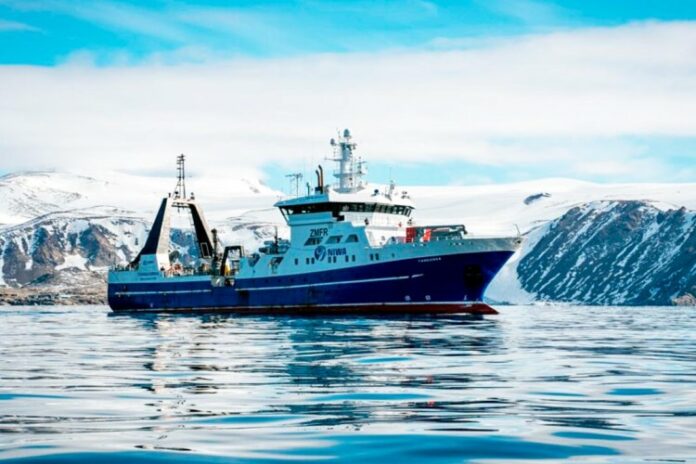As New Zealanders search for the summer sun, 38 researchers and crew will board RV Tangaroa for a six-week science voyage deep into the waters of Antarctica.
The multi-disciplinary research team will sail more than 3500km south aboard NIWA’s ice-strengthened research vessel. They will undertake a packed science programme focused on the ecosystem and ocean physics within the Ross Sea.
A key focus of the voyage is the 1.5 million km² Ross Sea Marine Protected Area (MPA), which is the world’s largest and protects some of the most productive ecosystems in the Southern Ocean.
Voyage leader and NIWA’s Ocean Strategy Manager Joshu Mountjoy says the rich waters support the large seasonal blooms of plankton and other microscopic organisms at the base of the Antarctic food web:
“The MPA is vital to protect the Ross Sea from unregulated fishing and exploitation. To manage this properly we need a sound understanding of the food web and how changes will impact different parts of it.”
The seas also provide breeding grounds for a host of important fish species, including toothfish, and are also home to megafauna such as penguins, seals, and whales.
The MPA was established in 2017 as a result of a joint New Zealand/United States initiative. New Zealand is committed to on-going research to understand changes in this unique ocean environment and how the protections are working.
The mission is Tangaroa’s 14th to Antarctica. This latest voyage will see a team of New Zealand and international scientists and research technicians working 12-hour shifts to maximise their research time in Antarctic waters.
The team are working towards 15 separate Antarctic research objectives targeted at understanding key physical and biological processes, along with assessing the impacts of climate change.
NIWA marine biologist Sadie Mills leads a team that will focus on collecting marine organisms from the Ross Sea.
“Animal and plant collections give us a library of the Earth’s biodiversity, providing a valuable resource for research. Sometimes, we can even collect species that we never knew existed. It’s a crucial way to learn about the kind of amazing life these environments contain, so we can aid their protection and help them to thrive”, said Mills.
Other voyage workstreams, include:
- mapping ocean currents and ice/freshwater exchanges
- underwater video surveys of benthic habitats and sea life along the Victoria Land coast
- climate and atmospheric process sampling
- assessment of structure and productivity of Ross Sea microbial and plankton communities
- fish and marine mammal distribution and abundance surveys
- biogeochemical analysis of the Ross Sea waters
- impact of climate changes in the Southern Ocean
Strict covid protocols have been put in place for the voyage and a specialised ice pilot will help guide Tangaroa through the expected sea ice encountered.



